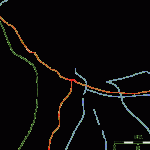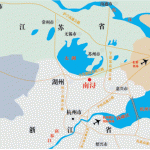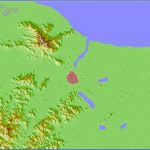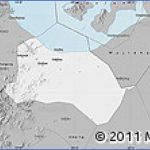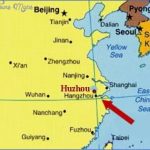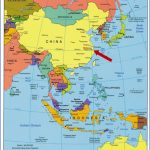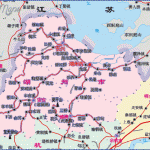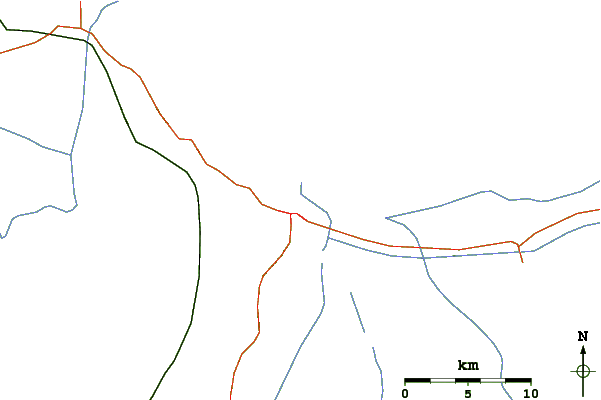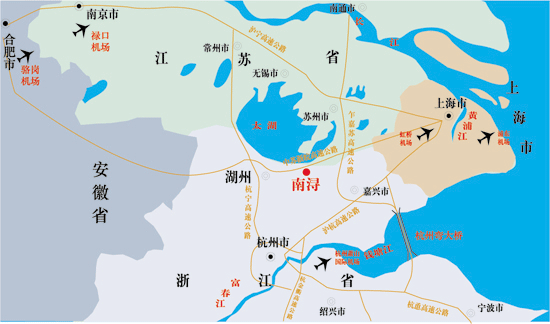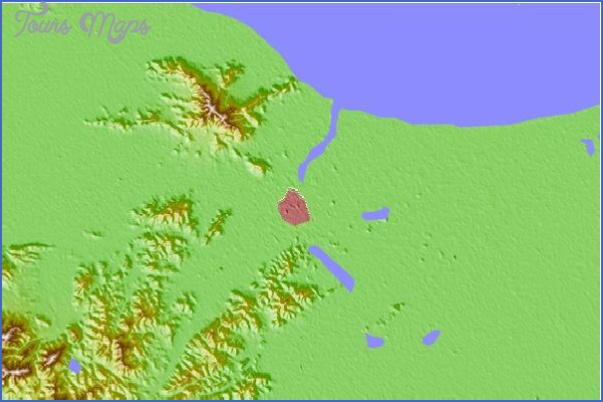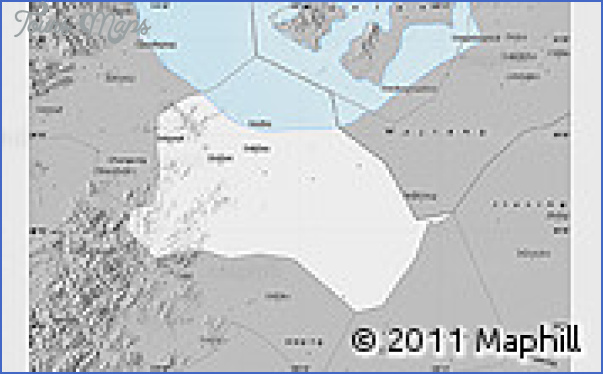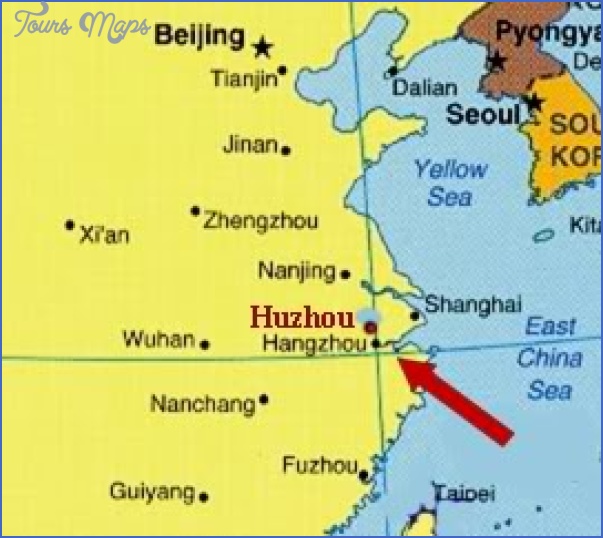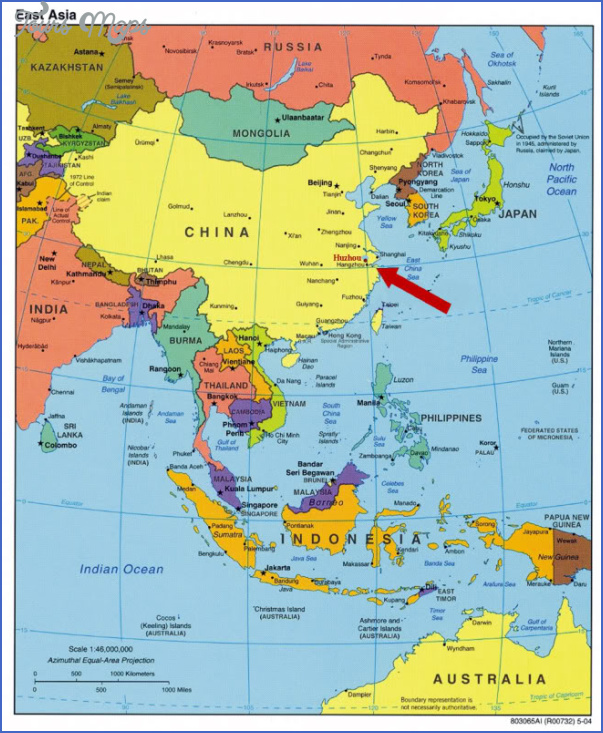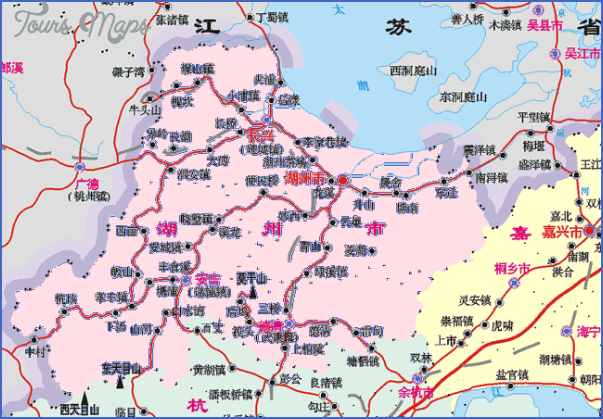Province: Zhejiang. Area: 10sq.km/4sq. miles Population: 111,000 (conurbation: 936,000)
Huzhou lies 50km/31 miles north of Hangzhou and 200km/124 miles southwest of Shanghai, at 121°07’E and 30°52’N. There are bus services from both Hangzhou and Shanghai. Situation and Communications
Nothing definite is known ofthe origins of Huzhou. All that is certain isthat there must have been an important settlement there as early as 602, as in that year it was raised to the status of capital of an administrative district directly under the rule of the province. From the 7th c. onwards the town developed into one of the most important silk centres in south-east China. Under the last two imperial dynasties (from the 14th c. to the early 20th) it became the leading producer of artists’ brushes, a position which Huzhou can still lay claim to today. Feather fans are another well-known product. History
This building, which stands in the city centre, is often referred to as the “pagoda within a pagoda” (Tali Ta), as it consists of two concentric octagonal structures. The inner pagoda is made of heavy stone, the outer one of bricks and wood. The original 8th c. building was destroyed by lightning in 1150. The inner part was rebuilt in the same year, the outer in 1234. Sights Feiying Ta Pagoda
The Temple of the Iron Buddha in the west of the city dates from 1369. It is also known as the Temple of the Goddess of Mercy, because in the main hall a 2m/61/2ft iron statue ofthe Avalokiteshvara dating from 1022 is kept. Temple ofthe Iron Buddha (Tiefo Si)
Huzhou Map Photo Gallery
Maybe You Like Them Too
- The Best Cities To Visit in The World
- World’s 10 Best Places To Visit
- Coolest Countries in the World to Visit
- Travel to Santorini, Greece
- Map of Barbados – Holiday in Barbados

